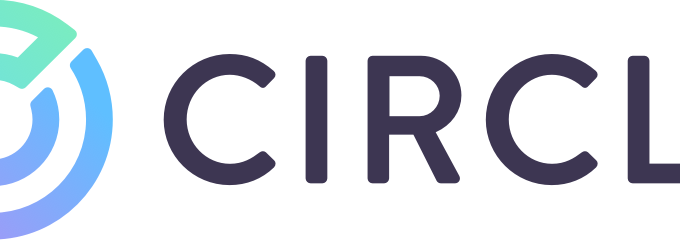
EBA Sets New Standards for Crypto-Asset Regulation under MiCA
The European Banking Authority (EBA) has introduced a detailed set of technical standards and guidelines to regulate asset-referenced tokens (ARTs) and e-money tokens (EMTs) under the Markets in Crypto-Assets (MiCA) regulation. This move is part of the European Union’s strategy to create a secure and transparent market for crypto assets, aiming to boost stability and investor trust across the region.
The EBA’s new regulatory framework covers several essential areas, including prudential requirements, liquidity management, and recovery planning for ART and EMT issuers.
- Strengthening Financial Resilience:
The new standards require issuers to hold sufficient financial resources to cover potential risks. Issuers must conduct regular stress tests to assess their resilience against various financial scenarios. The EBA outlines the criteria for these tests and the conditions under which additional funds might be required. This is designed to ensure that issuers can withstand financial shocks and maintain stability. - Ensuring Liquidity:
Issuers must adhere to strict liquidity requirements, maintaining specific percentages of their reserves based on daily and weekly needs. This includes holding deposits in each referenced official currency and managing overall liquidity to ensure soundness and diversification. These measures help ensure that issuers can meet their obligations and avoid liquidity crises. - Managing High-Quality Assets:
The standards also define what constitutes highly liquid financial instruments, which issuers must hold to ensure quick access to funds. For ARTs tied to non-currency assets like commodities or real estate, eligible instruments include those tracking the value of these assets. The guidelines set limits to avoid over-concentration in any single type of asset, promoting a balanced and secure asset portfolio. - Developing Robust Liquidity Policies:
Issuers are required to establish comprehensive liquidity management policies. These policies should outline procedures for identifying and managing liquidity risks, including contingency plans and stress testing. This proactive approach helps issuers prepare for and mitigate potential liquidity issues. - Formulating Recovery Plans:
Recovery plans are a critical part of the new guidelines. These plans must include a summary of key elements, governance information, recovery options, and a communication and disclosure strategy. Issuers need to identify and calibrate relevant indicators to track their financial health and plan appropriate responses to potential regulatory breaches. Recovery plans should include diverse scenarios to ensure preparedness for various financial shocks.
The EBA developed these standards in collaboration with the European Securities and Markets Authority (ESMA) and the European Central Bank (ECB). Issuers must present an implementation plan within 25 working days and achieve compliance within six months. The liquidity-related standards, which also involve ESMA and ECB input, specify detailed requirements for asset reserves and eligible financial instruments.
Guidelines on recovery plans, created under Article 46(6) of MiCAR, specify the required format and content. These plans are essential for issuers to maintain compliance with asset reserve requirements and ensure their ability to recover from financial distress.
MiCA, enacted last year, is a comprehensive set of regulations aimed at standardizing the crypto-asset market in the EU. The EBA’s standards aim to create a robust regulatory framework for ARTs and EMTs, ensuring that issuers maintain adequate financial resources and manage liquidity effectively. Compliance with these new standards is required by July 1, 2026, marking a significant step towards a more stable and transparent crypto market in the EU.





